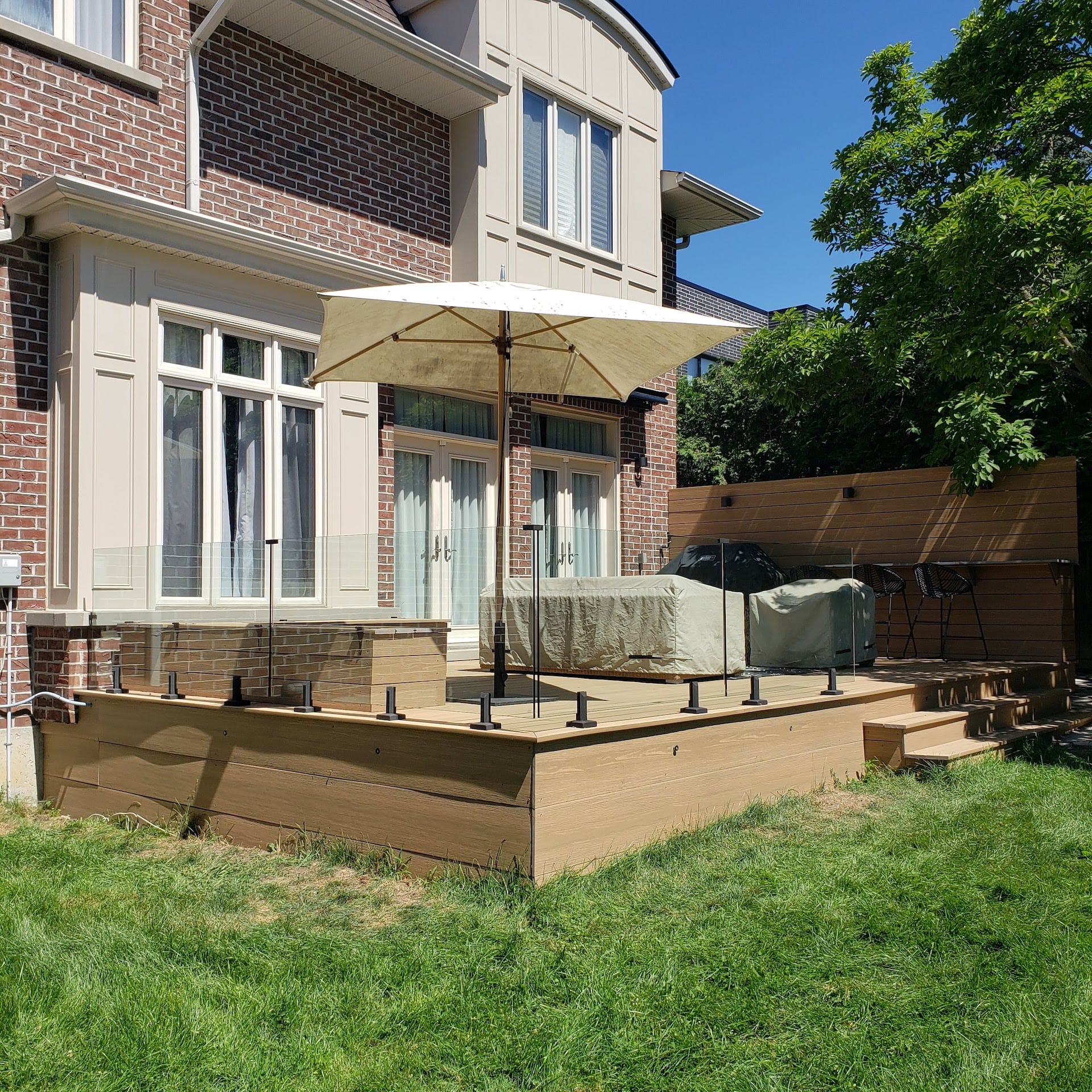Home renovation can be an exciting yet daunting task, especially in a bustling city like Toronto. Whether you’re looking to add value to your property, update outdated features, or create your dream home, understanding the renovation process is crucial. This ultimate guide will take you through every step of the home renovation journey, from selecting the right contractor to completing your project successfully. At David Reno, we specialize in full residential renovation services, including custom home builds, interior and exterior renovations, bathroom and kitchen renovations, basement renovations, open-concept renovations, and landscaping in Toronto and the GTA, including Markham, Scarborough, North York, Vaughan, and Richmond Hill.
Choosing the Right Contractor

Why Hiring a Professional Contractor is Essential
Choosing the right contractor is the first and most critical step in your home renovation journey. A professional contractor ensures your project is completed on time, within budget, and to the highest standards. They bring expertise, experience, and a network of trusted suppliers and subcontractors to the table.
Steps to Find the Right Contractor
- Research and Referrals: Start by asking friends, family, and neighbors for recommendations. Look for contractors with positive reviews and strong reputations. Websites like Houzz, HomeStars, and Google Reviews can provide valuable insights.
- Check Credentials: Ensure the contractor is licensed, insured, and bonded. This protects you from any liability in case of accidents or damages during the project.
- Review Past Projects: Ask to see examples of previous work, especially projects similar to yours. This gives you an idea of their style and quality.
- Get Multiple Quotes: Obtain detailed quotes from at least three contractors. Compare their scope of work, timelines, and costs to make an informed decision.
- Communication and Compatibility: Choose a contractor you feel comfortable communicating with. They should be responsive, transparent, and willing to listen to your ideas and concerns.
Planning and Design

Setting Your Goals and Budget
Before diving into the design phase, it’s essential to set clear goals for your renovation. What are your primary reasons for renovating? Are you looking to increase your home’s value, improve functionality, or enhance aesthetics? Defining your goals helps guide the design process and ensures you stay focused.
Creating a Realistic Budget
Establishing a realistic budget is crucial. Consider all costs, including materials, labor, permits, and unexpected expenses. It’s advisable to set aside an additional 10-20% of your budget for contingencies. A detailed budget helps prevent overspending and keeps your project on track.
Designing Your Dream Space
Working with an architect or designer can bring your vision to life. They can help create functional, aesthetically pleasing spaces that align with your goals and budget. Here are some key design considerations:
- Layout and Functionality: Ensure the layout maximizes space and improves functionality. Open-concept designs are popular for their spacious feel and flow.
- Style and Aesthetics: Choose a design style that reflects your personal taste and complements your home’s architecture. Whether it’s modern, traditional, or transitional, consistency is key.
- Material Selection: Select durable, high-quality materials that fit your budget and design style. Consider sustainability and energy efficiency for long-term benefits.
- Lighting and Color Scheme: Lighting and color significantly impact the mood and feel of a space. Incorporate natural light where possible and choose colors that enhance the overall design.
Permits and Regulations
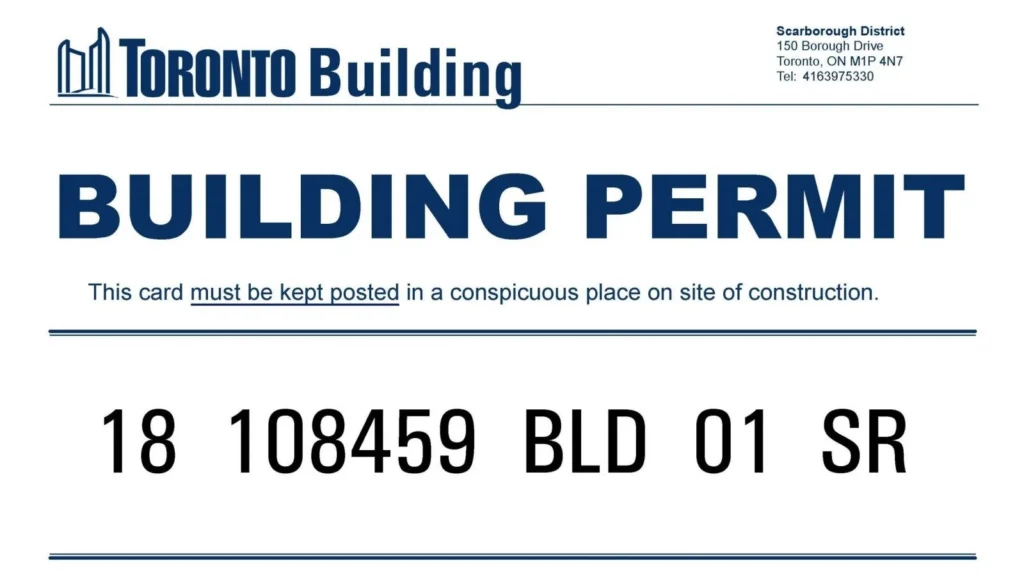
Understanding the Importance of Permits
Permits are essential for ensuring your renovation complies with local building codes and regulations. They help protect your investment and ensure the safety and integrity of your home. Failing to obtain the necessary permits can result in fines, delays, and potential issues when selling your home.
Common Permits for Home Renovations
Depending on the scope of your project, you may need several permits, including:
- Building Permit: Required for structural changes, additions, and major renovations.
- Electrical Permit: Needed for electrical work, including new wiring, outlets, and lighting.
- Plumbing Permit: Necessary for plumbing changes, such as installing new fixtures or relocating pipes.
- HVAC Permit: Required for changes to heating, ventilation, and air conditioning systems.
How to Obtain Permits
- Submit Application: Submit detailed plans and specifications to your local building department.
- Review and Approval: The building department reviews your application and may request additional information or revisions.
- Inspection: Once approved, your project will be subject to inspections at various stages to ensure compliance with building codes.
The Renovation Process
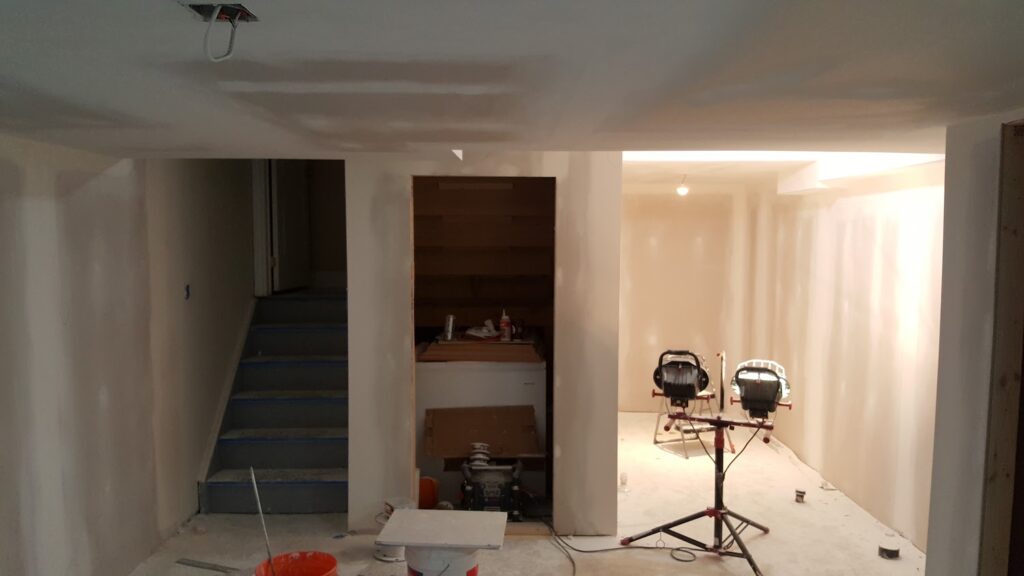
Pre-Construction Phase
- Site Preparation: Clear the area and protect existing structures and landscaping.
- Demolition: Remove old structures, fixtures, and materials.
- Foundation and Structural Work: Address any foundational or structural changes needed for your renovation.
Construction Phase
- Framing and Rough Carpentry: Build the framework for new walls, floors, and ceilings.
- Electrical, Plumbing, and HVAC: Install or upgrade electrical, plumbing, and HVAC systems.
- Insulation and Drywall: Insulate walls and ceilings, then install drywall.
- Flooring and Tiling: Install new flooring and tiles as per the design plan.
- Cabinetry and Fixtures: Install cabinets, countertops, and fixtures in kitchens, bathrooms, and other areas.
- Painting and Finishing Touches: Paint walls and ceilings, and complete any final touches like trim and moldings.
Post-Construction Phase
- Final Inspections: Conduct final inspections to ensure all work meets building codes and standards.
- Cleanup and Debris Removal: Clean the site and remove any construction debris.
- Final Walkthrough: Conduct a final walkthrough with your contractor to address any remaining issues or touch-ups.
- Project Completion: Once all work is completed and approved, your renovation is officially finished.
Specific Renovation Projects
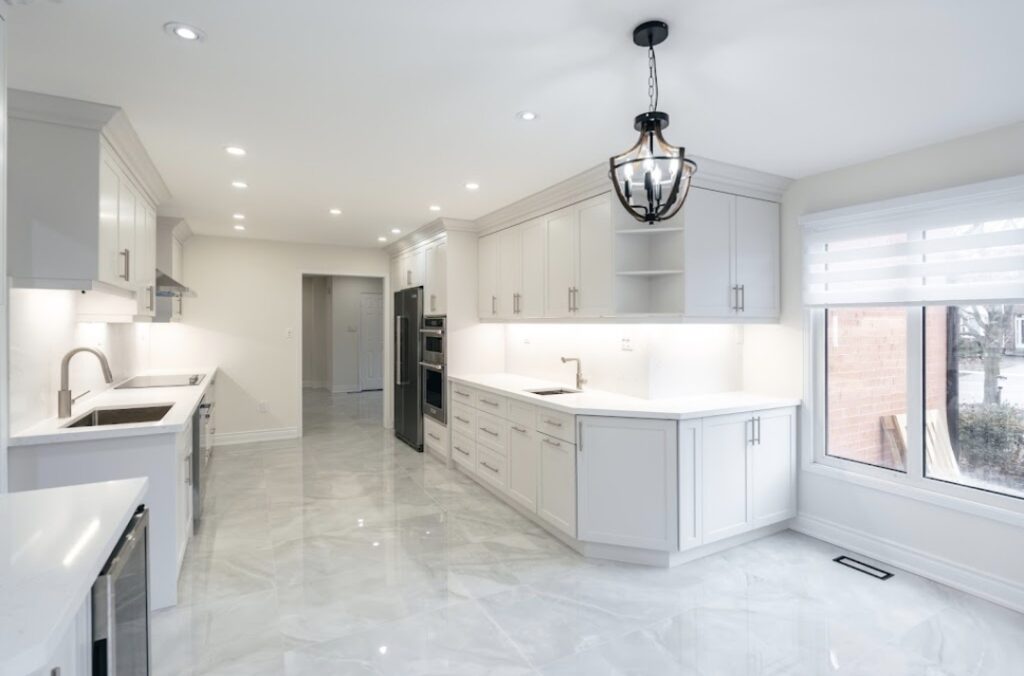
Kitchen Renovations
The kitchen is often considered the heart of the home, and a well-designed kitchen can significantly enhance your home’s value and functionality.
- Layout and Design: Focus on creating a functional layout with ample storage and workspace. Consider the kitchen work triangle (sink, stove, refrigerator) for efficiency.
- Cabinets and Countertops: Choose durable, stylish materials for cabinets and countertops. Options include wood, laminate, quartz, and granite.
- Appliances and Fixtures: Invest in energy-efficient appliances and high-quality fixtures that complement your design.
- Lighting and Flooring: Incorporate task, ambient, and accent lighting. Select flooring that is durable and easy to maintain.
Bathroom Renovations
A bathroom renovation can improve comfort, functionality, and aesthetic appeal.
- Layout and Space: Maximize space and ensure a functional layout. Consider adding storage solutions like built-in shelves and cabinets.
- Fixtures and Fittings: Choose high-quality fixtures and fittings, including sinks, faucets, showers, and bathtubs.
- Tiles and Flooring: Select tiles and flooring that are durable, water-resistant, and easy to clean.
- Lighting and Ventilation: Incorporate adequate lighting and ventilation to create a comfortable, spa-like atmosphere.
Basement Renovations
Transforming your basement into a functional living space can add significant value and usable space to your home.
- Purpose and Design: Decide the purpose of your basement (e.g., family room, home office, guest suite) and design accordingly.
- Waterproofing and Insulation: Ensure the basement is properly waterproofed and insulated to prevent moisture issues.
- Flooring and Walls: Choose moisture-resistant flooring and wall materials.
- Lighting and Ventilation: Incorporate sufficient lighting and ventilation to create a comfortable living space.
Exterior Renovations
Enhancing your home’s exterior can improve curb appeal and increase property value.
- Siding and Roofing: Update siding and roofing materials for a fresh, modern look and improved durability.
- Windows and Doors: Install energy-efficient windows and doors to enhance aesthetics and reduce energy costs.
- Landscaping and Hardscaping: Create beautiful outdoor spaces with landscaping, patios, walkways, and driveways.
- Decks and Porches: Add or update decks and porches for outdoor living and entertainment.
Custom Home Builds
Building a custom home allows you to create a space tailored to your specific needs and preferences.
- Site Selection and Preparation: Choose a suitable site and prepare it for construction.
- Design and Planning: Work with architects and designers to create a custom home plan that meets your needs and budget.
- Construction Process: Follow the construction process from foundation to finishing, ensuring quality and adherence to your vision.
- Final Touches: Add personalized touches and finishes to create your dream home.
Tips for a Successful Renovation

Communication is Key
Maintain open and regular communication with your contractor throughout the renovation process. Address any concerns or changes promptly to avoid misunderstandings and delays.
Stay Organized
Keep all project-related documents, contracts, and receipts organized. This helps track progress, manage costs, and resolve any issues that may arise.
Be Prepared for the Unexpected
Renovations can uncover unexpected issues like structural problems or outdated wiring. Be prepared for surprises and have a contingency plan in place.
Focus on Quality
Choose high-quality materials and experienced professionals to ensure your renovation stands the test of time. Cutting corners can lead to costly repairs and issues down the road.
Enjoy the Process
While renovations can be stressful, remember to enjoy the process and look forward to the end result. Home renovation is a journey that transforms your living space into a place that truly reflects your lifestyle and preferences. By maintaining a positive outlook and focusing on the exciting changes ahead, you can enjoy the process and celebrate each milestone along the way.
Renovation Costs and Budgeting

Understanding the Costs Involved
One of the most important aspects of any renovation project is understanding the costs involved. Renovation costs can vary widely depending on the scope of work, materials used, and labor required. Here are some key factors that influence renovation costs:
- Size and Scope: The larger the renovation project, the higher the costs. Adding new rooms or completely overhauling existing spaces will be more expensive than minor updates.
- Materials: The quality and type of materials you choose can significantly impact costs. High-end finishes and custom materials will increase your budget.
- Labor: Skilled labor is essential for quality work. The experience and expertise of your contractor and subcontractors will affect labor costs.
- Permits and Inspections: Obtaining necessary permits and undergoing inspections add to the overall cost but are essential for ensuring compliance with local building codes.
- Unexpected Expenses: Always budget for unexpected expenses. Hidden issues such as plumbing or electrical problems can arise during renovation.
Creating a Detailed Budget
Creating a detailed budget helps you manage your finances and ensures your project stays on track. Here are some tips for effective budgeting:
- Itemize Costs: Break down the costs of materials, labor, permits, and any other expenses. This provides a clear picture of where your money is going.
- Get Multiple Quotes: Obtain quotes from multiple contractors and suppliers to compare prices and services.
- Prioritize Needs vs. Wants: Determine what aspects of the renovation are essential and which ones are desirable but not necessary. This helps in making informed decisions if budget adjustments are needed.
- Monitor Spending: Keep track of your expenses throughout the project. Regularly review your budget to ensure you are staying within your financial limits.
- Set Aside a Contingency Fund: Allocate an additional 10-20% of your budget for unexpected expenses. This provides a buffer and prevents financial strain.
Working with Your Contractor
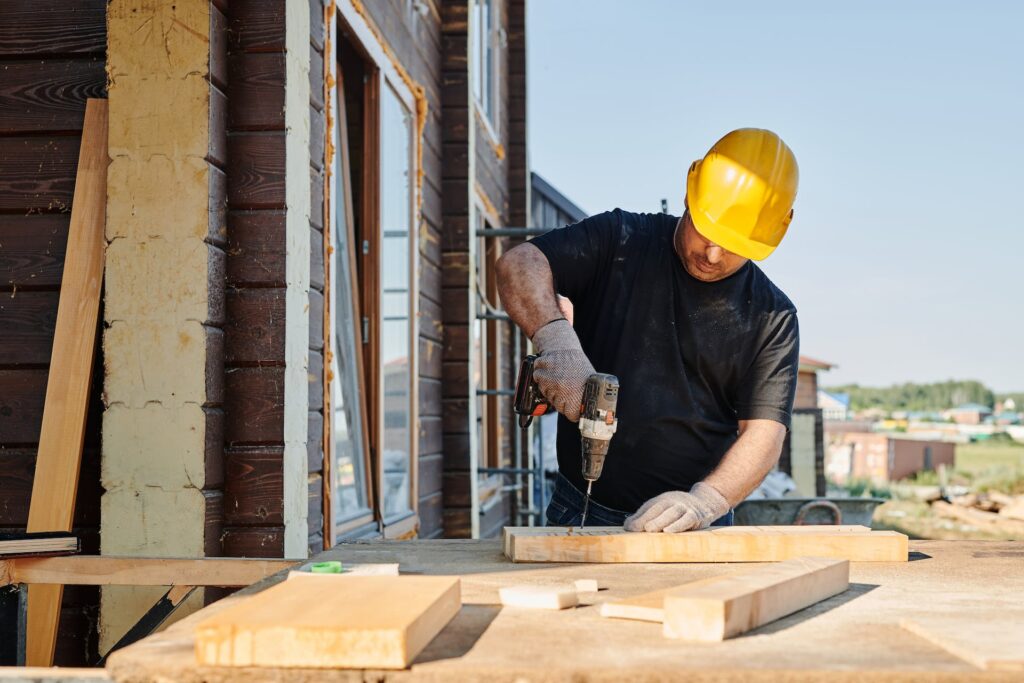
Establishing a Good Relationship
A successful renovation relies heavily on a good working relationship with your contractor. Here are some tips for building a positive partnership:
- Clear Communication: Maintain open and honest communication. Regular updates and discussions help keep everyone on the same page.
- Mutual Respect: Show respect for your contractor’s expertise and experience. Trust their judgment while also expressing your preferences and concerns.
- Defined Roles: Clearly define the roles and responsibilities of everyone involved in the project. This minimizes misunderstandings and ensures smooth progress.
- Problem-Solving Approach: Address any issues or changes with a problem-solving mindset. Collaborate with your contractor to find effective solutions.
Managing the Project
Effective project management is key to a successful renovation. Here are some strategies for staying on top of your project:
- Regular Check-Ins: Schedule regular check-ins with your contractor to review progress, address any issues, and discuss upcoming tasks.
- Document Everything: Keep detailed records of all communications, contracts, changes, and expenses. This helps in resolving disputes and tracking progress.
- Stay Involved: While trusting your contractor is important, staying involved in the project ensures your vision is being realized. Make site visits and stay engaged in decision-making.
- Be Flexible: Be prepared for changes and adjustments. Renovation projects often encounter unexpected challenges, and flexibility helps in navigating them smoothly.
Finalizing Your Renovation
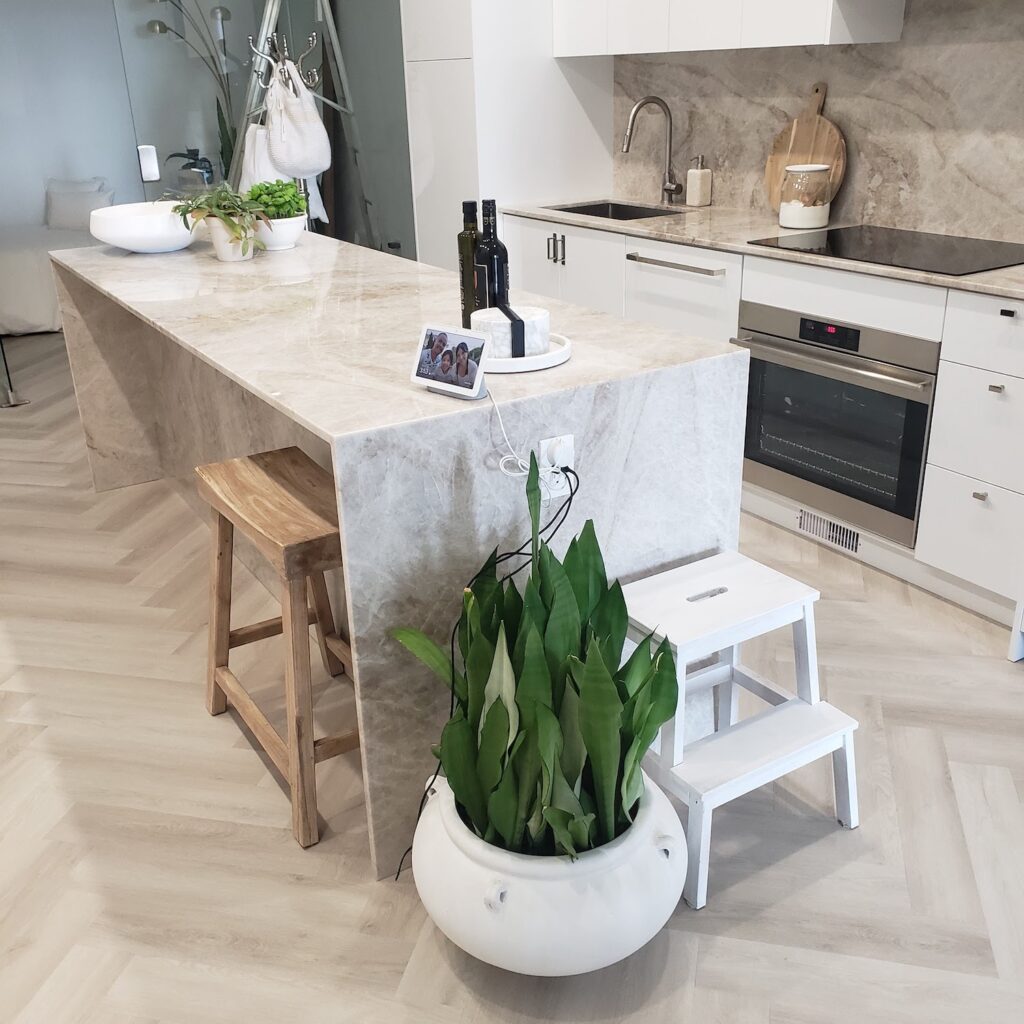
Conducting a Final Walkthrough
As your renovation project nears completion, conduct a final walkthrough with your contractor. This is an opportunity to review the work and ensure everything meets your expectations. Here’s what to focus on:
- Quality of Work: Inspect the quality of workmanship in all areas. Look for any defects, unfinished tasks, or areas that need touch-ups.
- Functionality: Test all new installations, such as plumbing, electrical systems, and appliances, to ensure they are working correctly.
- Cleanliness: Ensure the site is clean and free of construction debris. A tidy site reflects a contractor’s attention to detail and professionalism.
- Documentation: Review and receive all necessary documentation, including warranties, permits, and inspection reports.
Addressing Punch List Items
A punch list is a document that outlines any remaining tasks or issues that need to be addressed before final payment. Work with your contractor to create and complete the punch list, ensuring all items are resolved to your satisfaction.
Enjoying Your Newly Renovated Home
Once all work is completed and you’ve received final approvals, it’s time to enjoy your newly renovated home. Celebrate the transformation and take pride in the effort and investment you’ve made. Whether it’s hosting a housewarming party or simply enjoying the new space with your family, savor the results of your hard work.
Maintaining Your Renovated Home
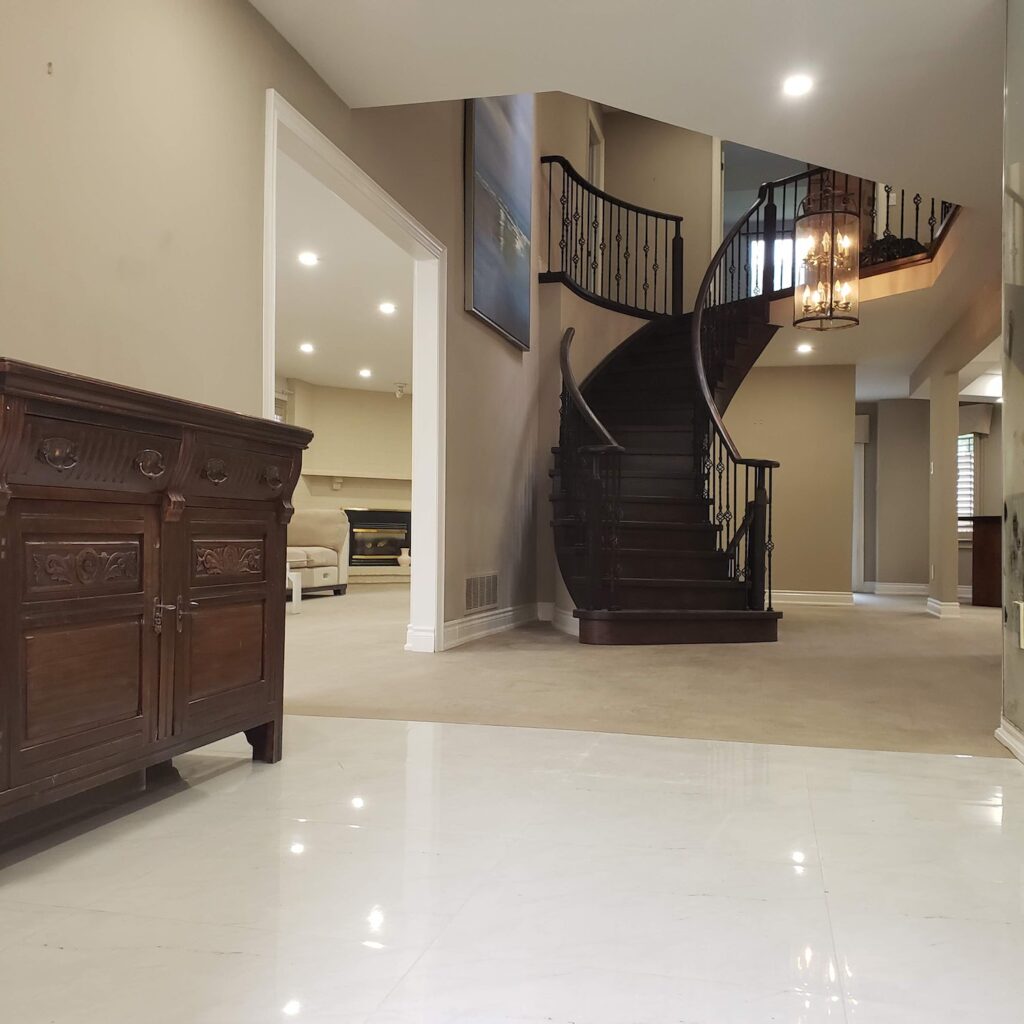
Regular Maintenance
Maintaining your renovated home is essential to preserve its value and functionality. Here are some tips for regular maintenance:
- Scheduled Inspections: Conduct regular inspections of your home’s major systems, such as HVAC, plumbing, and electrical, to ensure they are in good working condition.
- Cleaning and Upkeep: Regularly clean and maintain all surfaces, fixtures, and finishes to keep them looking their best.
- Address Repairs Promptly: Don’t delay necessary repairs. Addressing minor issues promptly prevents them from becoming major problems.
- Seasonal Maintenance: Perform seasonal maintenance tasks, such as cleaning gutters, checking for leaks, and preparing your home for changing weather conditions.
Long-Term Care
- Update and Upgrade: Periodically update and upgrade your home to keep it modern and functional. This includes refreshing paint, replacing outdated fixtures, and enhancing energy efficiency.
- Monitor Home Value: Keep an eye on the market value of your home. Regularly updating your property can help maintain and increase its value over time.
- Stay Informed: Stay informed about new technologies, materials, and design trends in home renovation. This knowledge can inspire future projects and improvements.
Conclusion
Renovating your home in Toronto can be a rewarding experience that enhances your living space and adds value to your property. By choosing the right contractor, planning and designing thoughtfully, obtaining necessary permits, and following a structured renovation process, you can achieve your dream home. Remember to communicate effectively with your contractor, manage your budget carefully, and enjoy the journey. At David Reno, we are committed to helping you every step of the way, ensuring your renovation project is a success. Whether you’re looking to update a single room or undertake a full home transformation, we are here to bring your vision to life in Toronto and the GTA.

